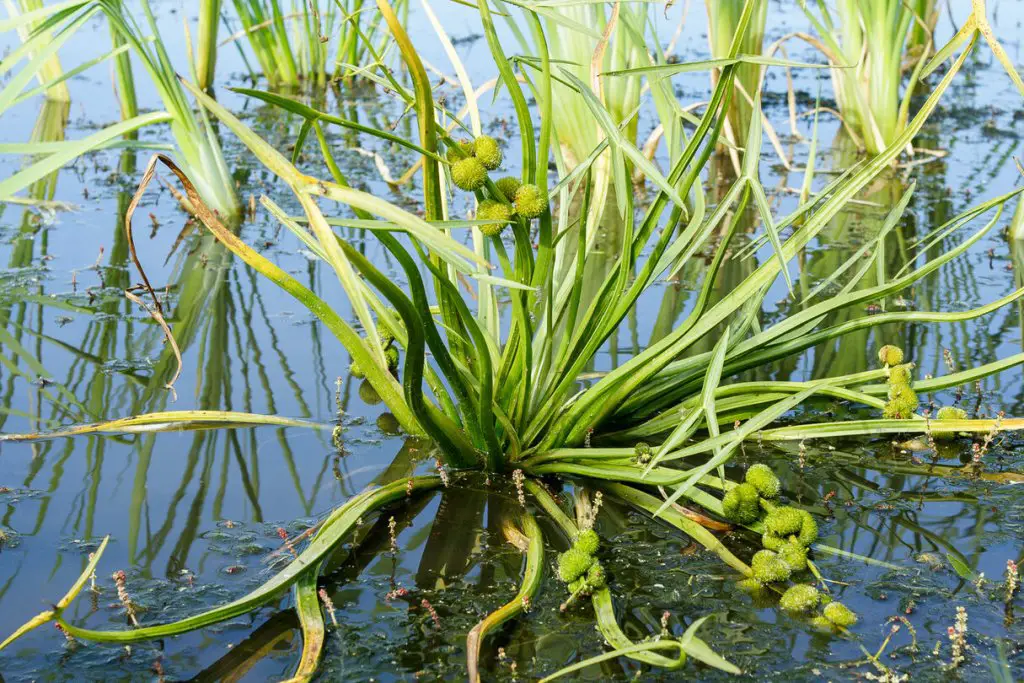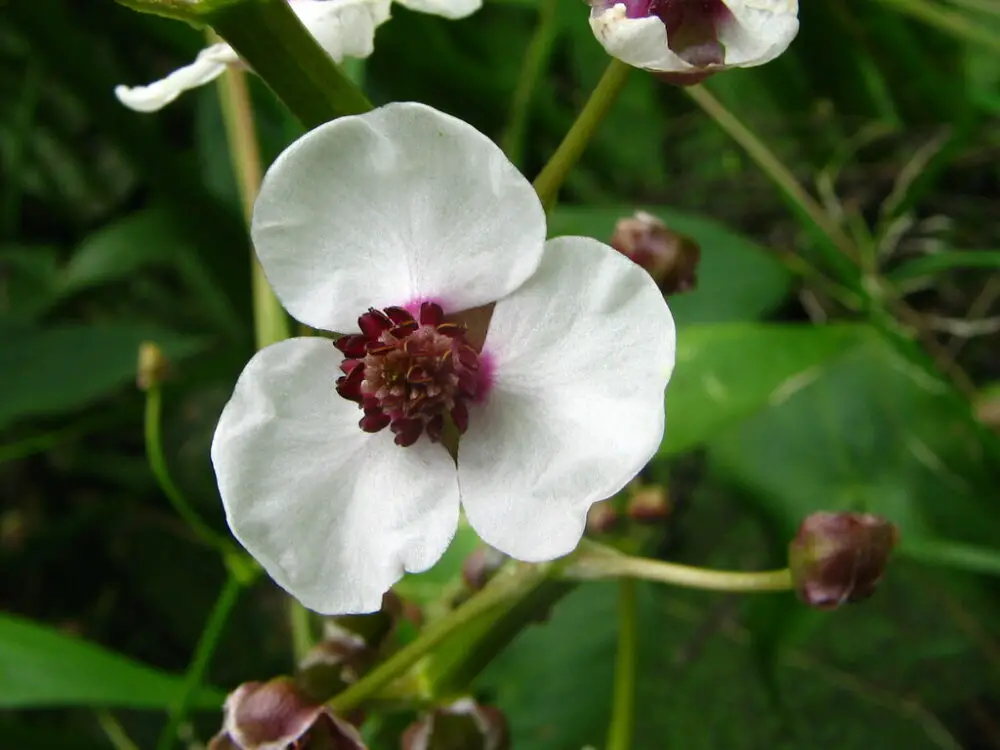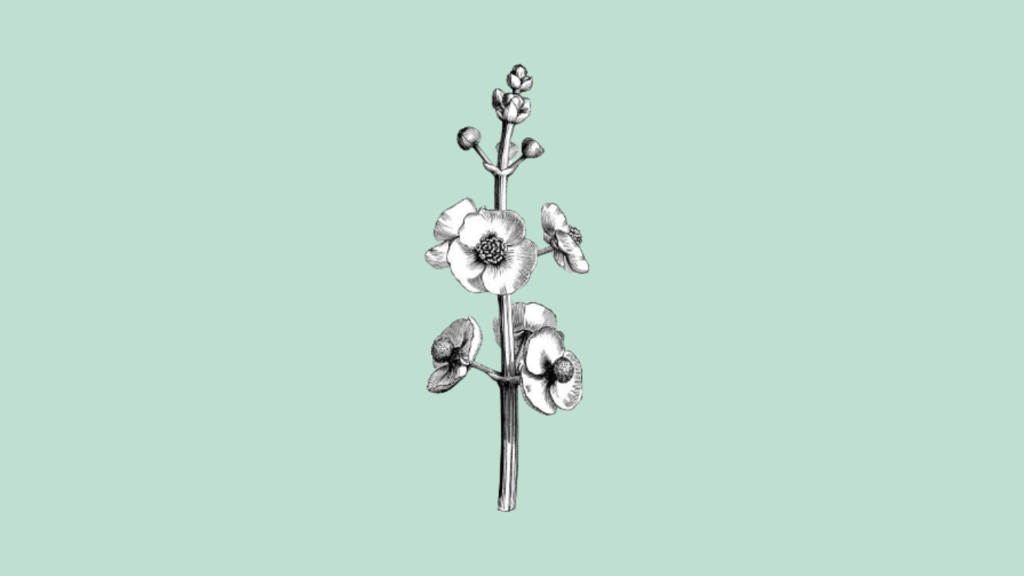If you’ve read the Hunger Games books, you’ll be glad to know the Katniss plant (Sagittaria sagittifolia) is both real and edible. It has attractive-looking lance-shaped foliage. Come summer, it contains three white petaled flowers. It’s common to find these stunning aquatic plants growing in marshes, ponds, or ditches across the US.
But, if you haven’t read the books, you may be wondering what this Katniss plant is and what’s the big deal? Is it a real plant?
The Katniss plant is a real plant, and it’s effortless to grow. It is also the plant that Katniss Everdeen (The Hunger Games protagonist) was named after.
Katniss Plant: Scientific Name, Family Species, and Other Common Names
Although its common name is the Katniss plant, its scientific name is Sagittaria sagittifolia. Its botanical name is Sagittaria. As part of the Alismataceae family, Sagittaria is a genus of aquatic plants.
What Are You Foraging For Right Now?
We're thrilled to hear your ideas. What would you like to submit today? Feel free to share your thoughts and experiences with us.
But you’ll likely hear it called other names, such as:
- Arrowhead
- Duck potato
- Swan potato
- Swamp potato
- Omodaka
- Tule potato
- Wapato
You’ll likely recognize the Katniss species by their arrow-shaped leaves. But watch out for a few species that can have a long, ribbon-style leaf.
As a marginal plant, the Katniss plant has attractive-looking lance-shaped foliage. Come summer, it contains three white, delicate, petaled flowers in clumps that will eventually adorn a tall, upright stalk.
The Katniss family is large, containing about 30 species. Several of these are considered invasive wild plants in some locations.
So, if you’re planning on planting Katniss in your garden, be sure that you’ve selected a non-invasive variety.
Where do Katniss Plants Grow?
Although native to central, south, and North America, there are different variations of Katniss found in most parts of the United States.
However, you might notice the wetlands are where you’re most likely to find the Katniss in the wild.
With Katniss plants considered magical or blog plants, this form of south American plant can survive in non-swampy areas. But, they prefer wet or boggy places.
It’s common to find these stunning aquatic plants growing in marshes, ponds, ditches, or the edge of streams.

Is the Katniss Plant Edible?
The Katniss plant is not only ornamental; it’s also edible. Not the plant itself, but the tubers are edible.
The Katniss plant tubers have been a popular food source for generations of Native Americans. Katniss tubers are eaten in a similar way to potatoes.
The leaves of the Katniss are also known to be edible, but this Sagittaria species holds its most esteem in its roots.
The tubers are both large and nutritious, with a taste similar to that of a sweet potato.
I recommend the following recipes you can try out:

Is it Poisonous in Any Way?
There is not much information online to say whether or not the Katniss plant is poisonous. But you could assume it is not, as both the leaves and tubers are edible.
A word of caution, though; if this is your first time consuming the leaves or the tubers, go slow until you know how much you can eat without any possible allergy or stomach upset.
How to Grow a Katniss?
Katniss is a perfect choice for any green-fingered type. The best gardens to grow Katniss plants include bog gardens, water gardens, rain gardens, or low-lying areas of a yard that are at risk of occasional flooding.
Before starting, consider what garden you would be growing your Katniss in. Low-maintenance and wildlife gardens work well for the Katniss plant to grow.
Try to plant your Katniss plant in a sunny environment. This plant will prefer full sun but will make do with some shade. Beware, if you grow your Katniss plant in a shaded location, it won’t flower as much.
Once the roots have firmly found their footing, your Katniss plant is a low-maintenance plant. It will thrive with a good watering now and again.
Even better, your Katniss plant will naturalize in gardens once established.

Katniss plant: Healing Benefits
As mentioned, one of the most common uses of the Katniss plant is its nutritious and subtly sweet food source. With thick and tasty tubers like a sweet potato, there’s no surprise it’s regularly grown in water gardens and other boggy areas.
The Katniss plants are forgiving and easy to grow; nature makes them a popular botanical hobby for beginner gardeners.
But its uses don’t stop there. The Katniss house plant also has some medicinal uses. For example, the tubers have been made into a decoction used to treat kidney and urinary ailments (as a diuretic), rheumatism, or indigestion.
The Katniss plant tubers have also been used as a poultice and a treatment for sores and wounds.
Now that you’ve armed yourself with everything you need to know to identify and grow the real Katniss plant, you might be tempted to grow it yourself.
Getting into the great, wet outdoors in search of edible plants, herbs, fruits and fungi is one of Sarah’s favorite outdoor pursuits. She thinks there’s nothing better than combining her passion for hiking with the start of the foraging season. Sarah’s definitely not afraid of a little rain and dirt, it’s all part of the fun.

